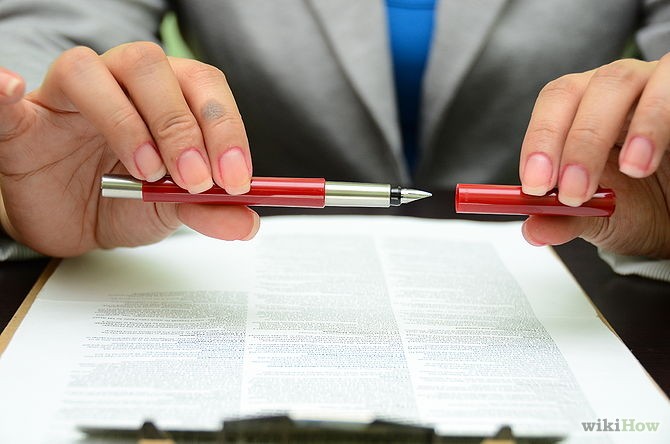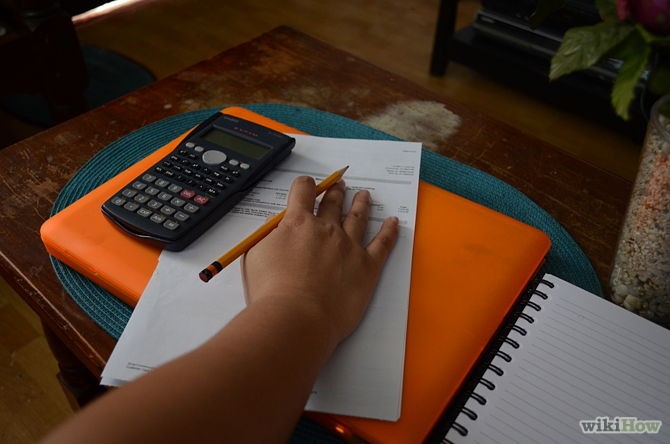How to Calculate Cost Basis Made Really Easy
Post on: 11 Июнь, 2015 No Comment

If you are an investor, you need to know how to calculate cost basis. That’s not because cost basis is relevant to your investment decisions it isn’t, as you’ll see below. Cost basis is critical for investors because you need to track it in order to prepare your tax returns.
In a nutshell, cost basis is what you paid for an investment plus any money you reinvested, such as additional purchases, dividends and capital gains. You take your cost basis and subtract that amount from the proceeds you receive when you sell your stock, ETF shares or mutual funds. If the amount is positive you have a realized capital gain .
If you end up with a negative number, you have a realized capital loss. They call these numbers “realized” because once you sell you lock in the loss or gain. Unrealized gains and losses are the differences between your cost basis and the market value. The IRS doesn’t care about unrealized losses. Nobody really does. But again, once you actually sell the securities, you lock in your gains or losses and report those numbers to your friends at the IRS.
Let’s take an example to break this down. Let’s say you purchased 100 shares of XYZ Mutual Fund in July this year. You paid $10 per share. Your cost basis the same day you purchased those shares is $10 per share, or $1,000 for the entire investment. So far, so good.
You thank your lucky stars you bought this fund because in September the fund declares and pays out a dividend of $0.20 per share. That means you collected a cool $20 (100 x $0.20). If you took that $20 and went to see a movie with the money, your cost basis remains $1,000. Of course you’ll pay income tax on the $20 dividend you received. But let’s assume that there weren’t any good movies playing that week. You told the mutual fund company to go ahead and reinvest that $20 into more shares.
In that case, you’ll still pay income tax on that $20 come tax time, and this is very important, as you’ll see in a minute.
Let’s figure out what your cost basis is now that you’ve reinvested those dividends. Assume that your luck continues. Not only have you been paid a dividend, the share price of the fund went from $10 to $20. The day the fund reinvests that $20, you receive a total of 1 share. So you own 101 shares and you “paid” $1,000 + $20, or $1,020 for all the shares you own. What is your cost basis per share? If you said $10.20, you are right. Nice thinking, partner. Let’s continue.
Come December, you get a nice letter in the mail. The fund has declared a capital gains distribution. That is simply the net profit from all the buying and selling the fund did during the year. If after all their activity there is a gain, the fund must pay that out. Let’s assume that the fund has a skilled manager who was able to accumulate $0.98 per share in capital gains.
So you have $99 coming to you (101 shares times $0.98). You’ll pay tax on that $99 regardless of whether or not you reinvest the money or take it and put a down payment on an iPod with it. Why? Because as far as the IRS is concerned, you earned that money and actually received it. It’s just that in the case of reinvested dividends and capital gains, once you received the money you happened to take the money and buy more shares with it. The IRS doesn’t care if you buy more shares or go to the movies. You earned the money – you’ll pay taxes on it, thank you very much.
(In practice, when you initially buy the fund, you tell the managers if you want to “pay out” or “reinvest” dividends and capital gains so you don’t have to inform them every time a payment is declared. And don’t worry. You can change your mind to reinvest or pay out anytime you like. Life is good.)
Now, let’s assume that on the day your fund reinvests that $99, the market went sour. The share price of your fund dropped to $9. Let’s calculate how many shares you bought. If you take $99 and divide it by $9, you get 11 shares. That’s the number of additional shares you now own. Your grand total of shares owned is 100 original shares PLUS one share you bought with the dividend PLUS 11 shares you bought with the capital gain. That comes to a total of 112 shares of Fund XYZ.
You paid $1,000 for the first 10 shares. You “paid” $20 for the share you bought with the dividend and you “paid” $99 for the shares your bought with the capital gain. That comes to a total of $1,119.

Since you “paid” $1,119 and you own 112 shares, we calculate your cost basis by dividing $1,119 by 112. If you do the math, you’ll see that the cost basis is now $9.99 per share. If no other capital gains or dividends are reinvested and then you sell your shares for $10 (for example), you have a gain of $0.01 per share.
Why do you have to pay tax on capital gains and dividends that you reinvest?
Because you have access to that money. It’s yours. You just happen to have decided to “take the money” and buy shares with it instead of buying movie tickets with it.
When can I completely ignore this issue?
If you have a retirement account, this doesn’t matter. This is the real benefit of tax deferral. Remember, every time you take an IRA distribution the IRS boys are going to tax you at income tax rates. They don’t care if the money you earned is a dividend or not. Why should you care?
What happens if I ignore this issue when I shouldn’t?
If you ignore this, you’ll be sorry. Problems with cost basis are a huge IRS audit flag. Each year you reinvest dividends and/or capital gains in shares, your cost basis changes. When you eventually sell the shares, you’re going to have to calculate your realized gain, so please keep track. My experience tells me that your CPA isn’t doing this for you, so please make sure to do it yourself.














